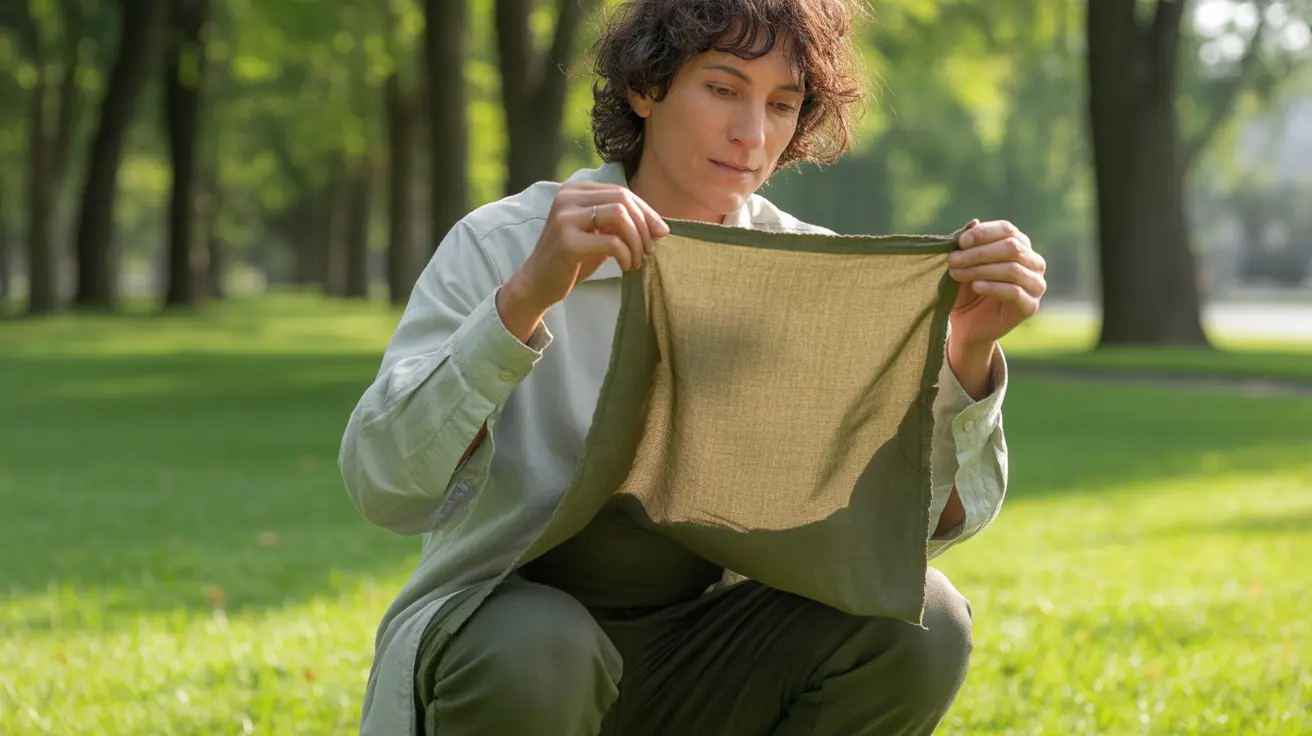If you've ever spent time outdoors during mosquito season, you might wonder whether your clothing actually provides adequate protection against these persistent insects. Understanding how mosquitoes interact with different types of clothing can help you make better choices for outdoor protection and reduce your risk of mosquito bites.
While clothing serves as an important barrier against mosquito bites, not all garments offer equal protection. Several factors, including fabric type, thickness, and fit, play crucial roles in determining how effectively your clothes shield you from these bothersome insects.
How Mosquitoes Interact with Different Fabrics
Mosquitoes possess specialized mouthparts called proboscises that can penetrate certain materials. The effectiveness of clothing as a protective barrier largely depends on the fabric's weave density and thickness. Tightly woven fabrics like denim and wool typically offer better protection than loosely woven or thin materials.
Common Fabric Types and Their Effectiveness
Different fabrics provide varying levels of protection against mosquito bites:
- Synthetic materials (nylon, polyester): Generally provide good protection when tightly woven
- Cotton: Effectiveness varies based on weave density
- Spandex/Lycra: Often too thin and tight to provide adequate protection
- Denim: Excellent protection due to thick, tight weave
- Wool: Very effective due to dense fiber structure
The Impact of Clothing Fit
The way your clothes fit significantly affects their ability to protect you from mosquito bites. Loose-fitting garments generally provide better protection than tight-fitting ones, as they create a physical gap between your skin and the fabric. However, extremely loose clothing can also create entry points for mosquitoes if not properly secured.
Enhanced Protection Methods
Chemical Treatments
Treating clothes with insect repellents can significantly improve their protective capabilities:
- Permethrin-treated clothing (lasts through multiple washes)
- DEET-based repellents (temporary protection)
- Factory-treated outdoor wear (built-in protection)
Proper Layering Techniques
Strategic layering can maximize protection against mosquito bites:
- Base layer: Moisture-wicking, fitted garments
- Mid layer: Loose-fitting, protective fabric
- Outer layer: Treated or specially designed insect-protective clothing
Frequently Asked Questions
Can mosquitoes bite through thin or tight-fitting clothes like spandex and yoga pants?
Yes, mosquitoes can often bite through thin, tight-fitting clothes like spandex and yoga pants. These materials typically provide minimal protection because they're stretched tight against the skin, making it easier for mosquitoes to pierce through the fabric with their proboscis.
What types of fabric provide the best protection against mosquito bites?
Tightly woven, thicker fabrics like denim, wool, and dense synthetic materials provide the best protection against mosquito bites. The key is the density of the weave and the thickness of the material, which make it difficult for mosquitoes to penetrate with their proboscis.
How does the fit of clothing affect the likelihood of getting bitten by mosquitoes?
Loose-fitting clothing generally provides better protection than tight-fitting garments because it creates a physical barrier of air between your skin and the fabric. However, the clothing shouldn't be so loose that it creates easy entry points for mosquitoes to access your skin.
Does treating clothes with insect repellent or permethrin prevent mosquitoes from biting through them?
Yes, treating clothes with insect repellents or permethrin significantly enhances their protective capabilities. Permethrin treatment is particularly effective and can last through multiple washes, while DEET-based repellents provide temporary protection.
What are the best clothing choices to reduce mosquito bites when spending time outdoors?
The best clothing choices include loose-fitting, long-sleeved shirts and long pants made from tightly woven fabrics. Light-colored clothing is preferable as mosquitoes are more attracted to dark colors. For maximum protection, wear permethrin-treated clothing and ensure there are no gaps where mosquitoes can enter.




